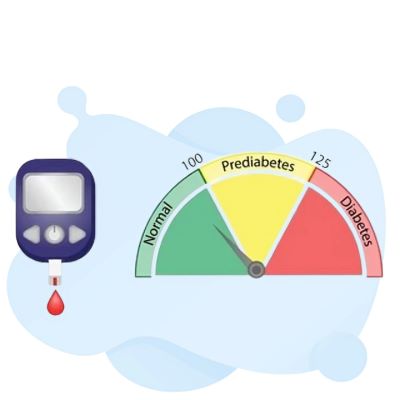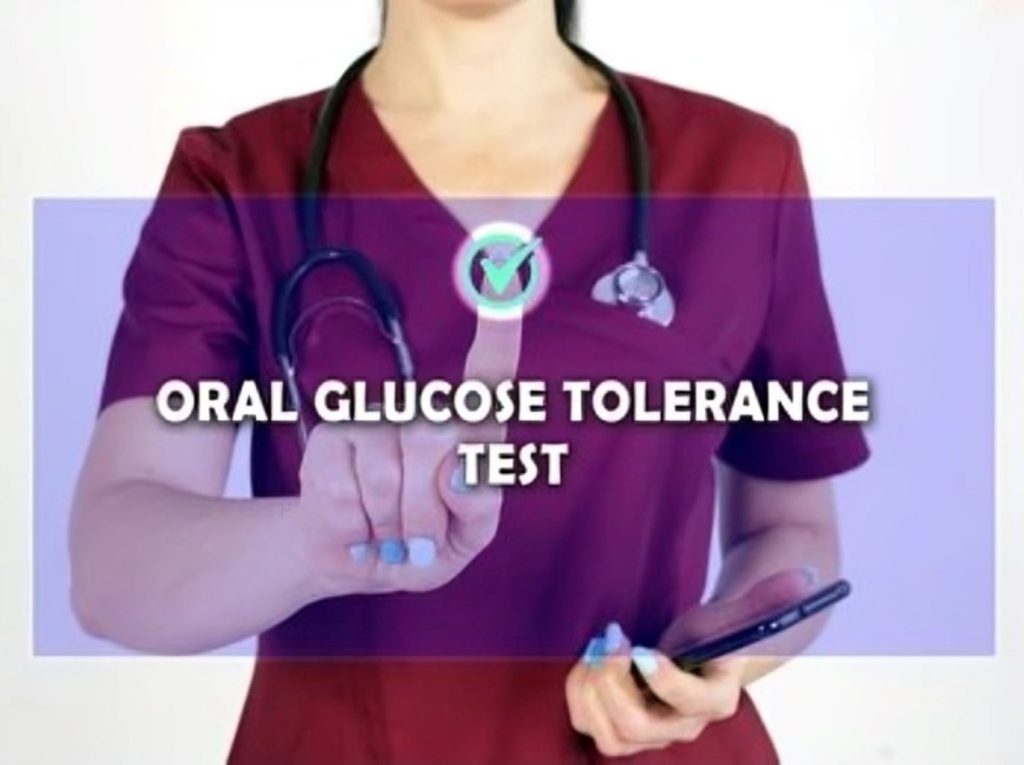OGT (Oral Glucose Tolerance) Test: What to Know

The oral glucose tolerance test (OGTT) is key for checking how our bodies deal with blood sugar. It helps screen for diabetes, even during pregnancy. The test looks at blood sugar levels before and after drinking a glucose solution. This helps find if someone has trouble tolerating glucose or if they have diabetes. The OGTT is very good at diagnosing these conditions.
This test shows how well the body handles glucose. It’s an important step in finding and dealing with diabetes early. Knowing about the OGTT helps keep blood sugar in check. It’s key for those who want to stop diabetes or handle it better.
Free OGT Practice Test Online
Key Takeaways
- The OGTT is a diagnostic test used to screen for diabetes, including gestational diabetes during pregnancy.
- The test involves measuring blood glucose levels before and after consuming a standardized glucose solution.
- The OGTT is considered the gold standard for diagnosing diabetes and prediabetes conditions.
- Monitoring the body’s response to the glucose load can help identify issues with glucose metabolism.
- Early detection and management of diabetes through the OGTT are crucial for maintaining overall health.
Understanding the Oral Glucose Tolerance Test
Purpose and Types of Glucose Tolerance Tests
The oral glucose tolerance test (OGTT) helps doctors see how well the body manages blood sugar. It’s key for spotting different types of diabetes, even the one some women get when pregnant. You’ll find two kinds of these tests: the simple sugar drink test and the full OGTT.
The sugar drink test is a first step to see how your body handles a sugar load. You drink a sweet solution and get your blood tested an hour later. For the full OGTT, you fast before drinking a bigger sugar drink. Then, they check your blood sugar levels a few times over two to three hours. These tests are a gold mine of info on how your body deals with sugar and if you might have diabetes.
| Test Type | Procedure | Duration |
|---|---|---|
| Glucose Challenge Test | Drink glucose solution, blood draw 1 hour later | Approximately 1 hour |
| Oral Glucose Tolerance Test (OGTT) | Fast, drink larger glucose solution, multiple blood draws over 2-3 hours | 2-3 hours |
The OGTT method is tops for spotting diabetes, including the kind that affects some pregnant women. It really checks how the body keeps blood sugar in check over time. This is key for finding any problems with sugar metabolism.
Preparing for the OGT (Oral Glucose Tolerance) Test
Proper prep is key for a precise oral glucose tolerance test (OGTT). Before the test, it’s important to fast for at least 8 hours. This means no eating or drinking, except water. It’s also crucial to keep your diet normal in the run-up to the test. Big diet changes might affect your results.
Some drugs can alter your glucose levels. So, it’s vital to talk to your doctor about any medications or supplements you take. You’ll have to drink a glucose solution for the test. Then, your blood will be drawn at set times to see how your body handles the glucose.
Pre-Test Guidelines and Instructions
It’s essential to follow the given guidelines for the OGTT to give reliable info. This involves:
- Fasting for at least 8 hours before the test
- Sticking to your usual diet before the test
- Chatting with your healthcare provider about any meds that could change your glucose levels
- Drinking the glucose solution and getting your blood drawn at set times
By sticking to these guidelines and instructions, you can get a true picture of your glucose tolerance. Plus, it helps spot gestational diabetes if you’re pregnant.
| Blood Glucose Level Range | Interpretation |
|---|---|
| Fasting: 60 to 99 mg/dL (3.3 to 5.5 mmol/L) | Normal |
| 1-hour post-consumption: Less than 200 mg/dL (11.1 mmol/L) | Normal |
| 2-hour: Less than 140 mg/dL (7.8 mmol/L) | Normal |
| 2-hour: 140 mg/dL to 199 mg/dL (7.8 to 11.1 mmol/L) | Impaired glucose tolerance (pre-diabetes) |
| 2-hour: 200 mg/dL (11.1 mmol/L) or higher | Diabetes |
By following the right pre-test steps, you can ensure the OGTT gives an accurate look at your glucose tolerance. This includes understanding your diabetes risk.
The Testing Process
The oral glucose tolerance test (OGTT) checks how well our bodies handle glucose. It helps doctors understand how our bodies use sugar. This test can show if there’s a risk of diabetes.
For the OGTT, first, the doctor takes a blood sample. This checks the patient’s blood sugar when they haven’t eaten. Next, the patient drinks a special sugary drink. It has 75 grams of glucose in water.
After drinking, blood samples are taken again in 1, 2, and sometimes 3 hours. This shows how the body processes the sugar over time.
During an ogtt test, patients must stay at the lab for 2-3 hours. The doctor takes blood samples to watch how the patient’s body deals with sugar.
Based on these results, doctors find out if a patient’s sugar levels are normal, slightly off, or point to diabetes.
Monitoring blood sugar during an OGTT is key. It’s how we look for gestational diabetes. This type of diabetes can happen during pregnancy. It affects up to 10% of pregnant people and needs special attention.
Knowing about the ogtt test helps patients get ready for it. This can lead to better health management and outcomes.
Conclusion
The oral glucose tolerance test (OGTT) is crucial. It helps test how our bodies handle glucose. This is key for checking for diabetes or gestational diabetes. By checking how we digest a set amount of sugar, doctors spot early signs of diabetes. This allows for early treatment. It’s important to prepare well for this test to get the right results.
Knowing about the OGTT’s purpose and process helps patients take charge of their health. It’s a valuable step in preventing diabetes. The OGTT really measures how we process sugar. This is helpful for diabetes checks, understanding how sugar is used, and for looking at risks during pregnancy.
Doctors get a lot of info from the OGTT. It shows if someone is at risk for diabetes. This test lets doctors act early to prevent diabetes. It’s a big help in making people healthier and fighting against diabetes both in single people and in whole communities.

